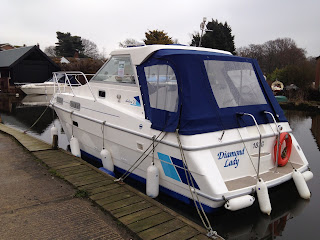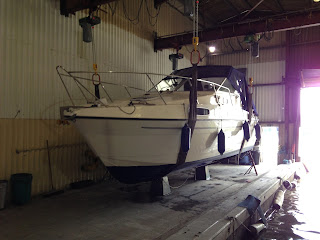A ground-breaking method of improving water quality and wildlife is being used for the first time in the Broads at How Hill National Nature Reserve.
A natural new method of cleaning the water of the excess nutrients which create algae, making it murky, is being used on Cromes Broad between March 18th and 21st.
The broad will be sprayed with a modified clay product called Phoslock which permanently locks away the phosphate into the sediment. The algae is starved of phosphate thereby preventing its growth and creating clear water conditions that allow a diversity of water plants to grow which provide a home for aquatic invertebrates and fish.
Developed in Australia by the Commonwealth Scientific and Industrial Research Organisation (CSIRO) and applied to more than 150 lakes in 20 countries in Asia, USA and Europe, Phoslock has proved to be a simple and natural solution with fast, effective results.
Cromes Broad, which is a feature of the How Hill Nature Trail with access provided by boardwalks and a bird hide, has been partly mud pumped twice in an attempt to remove excess nutrients in the water. However, half the broad is still dominated by thick mats of algae blocking out light that allows other plants to grow.
The Phoslock treatment, which is costing £50,000, is being funded by Natural England and the project will be managed by the Broads Authority.
Andrea Kelly, the Authority’s senior ecologist, said: “Restoring lakes from pollution is an expensive but essential business on which our wildlife depends. It’s important in the nation’s most protected wetland that we all do what we can to stop nutrients from getting into the water in the first place. For example checking septic tanks are working properly or stopping fertiliser rich sediment getting into our rivers and lakes.
“Phoslock will give this degraded lake a second chance, enabling us to kick start the ecosystem. We are hoping that a diversity of water plants, including stoneworts, pondweeds and lilies will return, and with them will come more birds and a more varied fish community. Once they get re-established we are hoping they will be able to maintain themselves.
National Nature Reserves are expected to be looked after through exemplary management practices. This includes investing in both tried and tested and novel techniques to ensure their ecology improves.”



















































